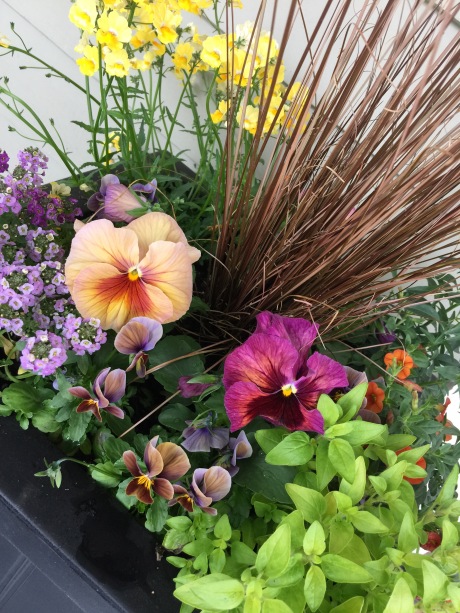So, the butterflies and dragonflies did not fare well on “Opening Day” of survey season. The weather the past week has been typical for April – you know – all the showers that bring May flowers… After a cold and bleak winter, I am ready for butterflies and sunshine! I’ve got my fingers crossed that Mother Nature will cooperate this week – looks like we have a small window for sunshine and warm temperatures on Friday – thanks WeatherUnderground for the hourly forecast.
 In the meantime there is lots of business to take care of… Another meeting with Dr. Leslie Ries from the North American Butterfly Monitoring Network took place this week. Surveys generate A LOT of data and participatory science projects are continuing to gain popularity. The current trend to integrate web-based social media applications is now contributing volumes of information to scientists. So what do we do with all this information?
In the meantime there is lots of business to take care of… Another meeting with Dr. Leslie Ries from the North American Butterfly Monitoring Network took place this week. Surveys generate A LOT of data and participatory science projects are continuing to gain popularity. The current trend to integrate web-based social media applications is now contributing volumes of information to scientists. So what do we do with all this information?
There is an ongoing effort to transcribe historical and current data collected by the volunteers of the OBNWR count. At times this task seems overwhelming. It was discovered during research for my capstone project that the survey started by Jim Waggener and other volunteers in 1989 is the second oldest of its kind in the country. Much of the data has been organized and kept in programs and formats that are no longer widely used or supported. In order to keep volunteers interested and make the information accessible, it is imperative to plan for and manage the large volumes of data collected.
One solution to tame the unwieldy volumes of data and foster openness and sharing is NAB-NET. This program is funded by a grant from the National Science Foundation (NSF) to the University of Maryland (UMD) as well as support from the National Socio-Environmental Synthesis Center (SESYNC). This collaborative effort of professional scientists and data specialists has created an easy to use interface for grass-root organizations faced with the daunting task of data integration.
The goals of the NABMN program are: integrate and track butterfly monitoring programs that are currently ongoing in North America; standardize survey protocol (for new surveys in particular); foster sharing and openness of data collected; design suitable applications for data assimilation and engage even more volunteers. Established programs are included by special invitation and must undergo a series of questions that focus on survey protocol and data collection procedures. The program has secured funding through 2016. Future projects include integration with the MonarchNet web site as well as a comprehensive list of counts that are no longer engaged, but the historical data could provide significant insight into population trends.
Even though Opening Day 2015 was disappointing from a lepidopteran standpoint, it was fantastic to see my Friday Friends and I even got a Gold Star on my combo for my planters. 